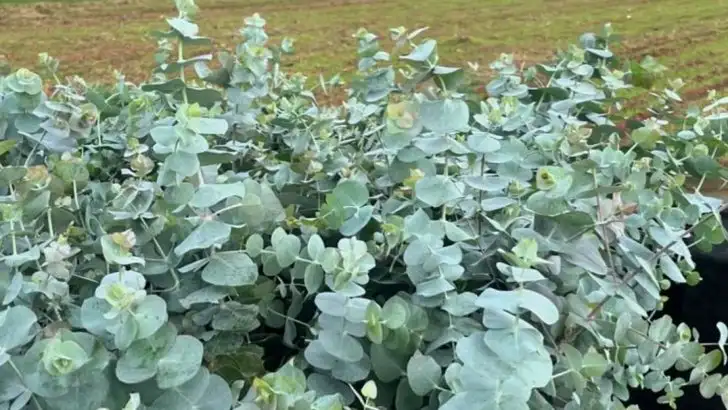Your garden may be lush, thriving, and full of life — but it might also be attracting the wrong kind of attention. From curious raccoons and hungry deer to nosy neighbors who just can’t resist snipping a bloom or two, garden theft is more common than you think.
Instead of turning your green space into a fortress, why not let nature guard it for you?
In this guide, we reveal 19 natural scents — from herbs and flowers to essential oils — that act like invisible fences. These powerful fragrances don’t just smell amazing to us, they also send a clear “stay away” message to would-be intruders, both furry and two-legged.
Whether you’re battling rabbits, stray cats, or mysterious midnight flower pickers, these scents are your secret weapon for a safer, more private garden — without chemicals or confrontation.
Lavender
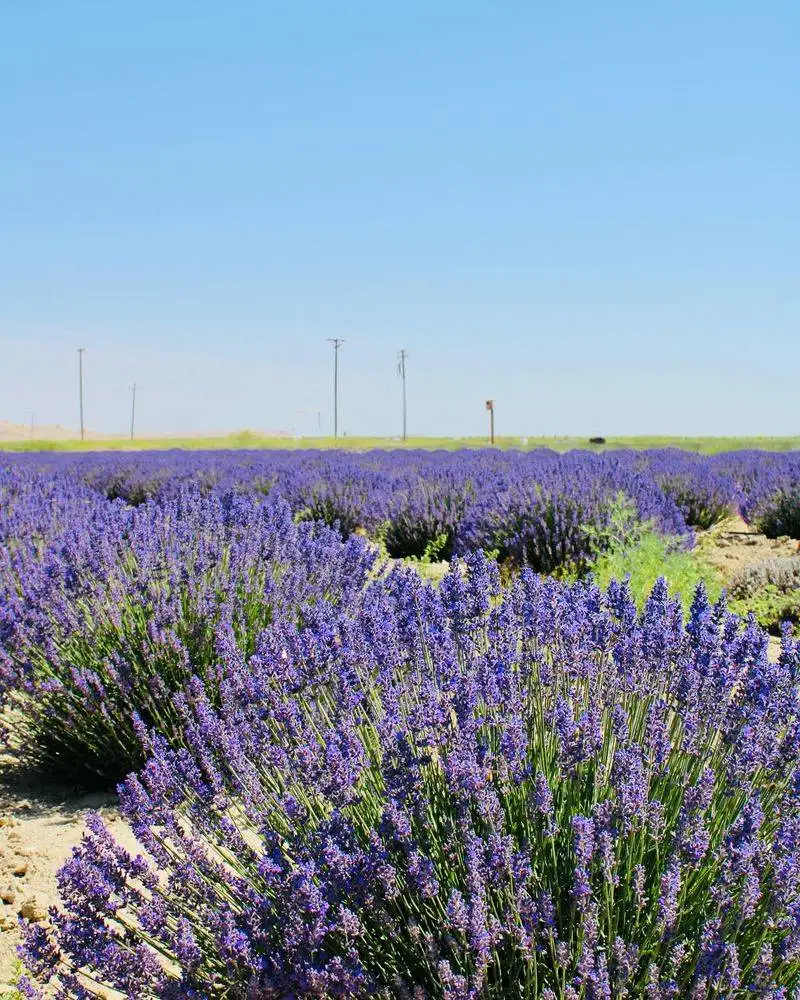
Known for its calming properties, lavender isn’t just for relaxation. Its strong, pleasant aroma acts as a natural deterrent to many garden pests. Rabbits, deer, and even some insects find the scent overwhelming, making it a perfect border plant. Not only does it protect, but it also adds color and fragrance to your garden. However, humans find lavender delightful, so it can add a touch of tranquility to your outdoor space. Prune regularly to keep it thriving and aromatic. Did you know? Lavender was used in ancient Rome to scent baths.
Peppermint
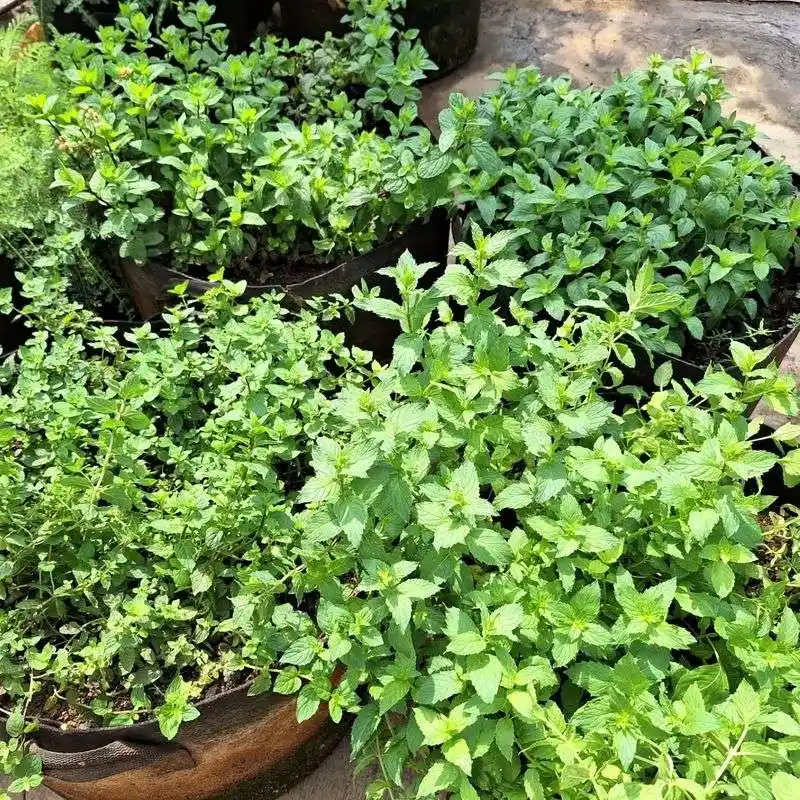
Peppermint’s crisp scent is refreshing to us but acts as a repellent to ants and mice. Planting it strategically around your garden’s edge can create a natural barrier. The menthol in peppermint is what turns these critters away. Beyond its pest-repelling qualities, peppermint can be used in teas and culinary dishes. Always consider keeping it in pots as it can spread vigorously. Historically, peppermint has been used in traditional medicine for its soothing properties. Make sure it’s well-watered to maintain its lush appearance.
Rosemary
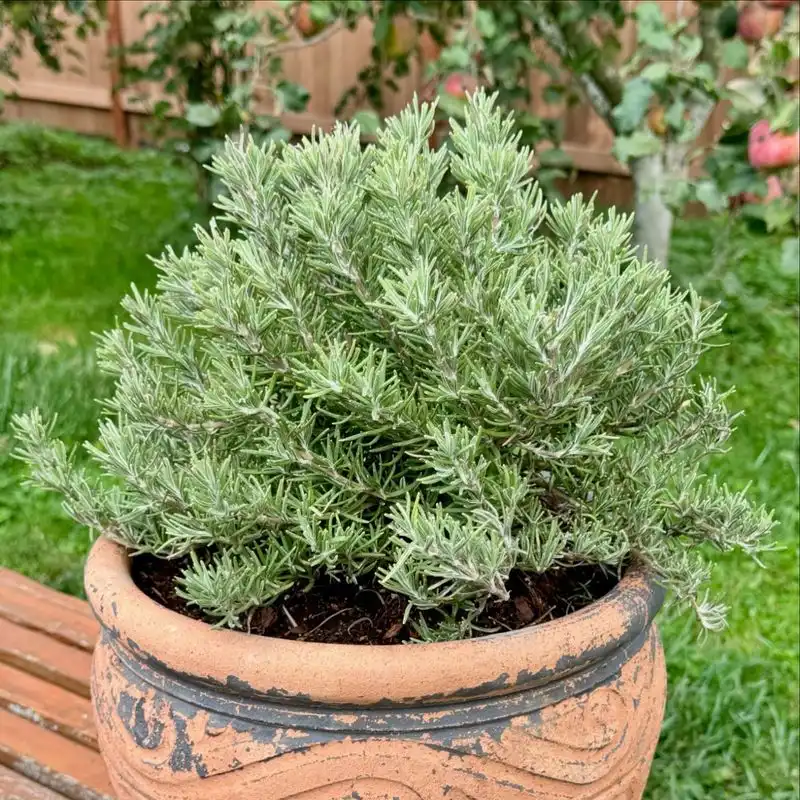
With its woody fragrance, rosemary doubles as a culinary herb and a pest deterrent. The scent confuses and deters certain insects and animals. Planting rosemary near entrances can discourage curious animals from entering your garden. Rosemary thrives in well-drained soil and full sun, making it both a practical and aesthetic addition. This herb has been cherished since ancient times for its health benefits and as a symbol of remembrance. Regular pruning encourages bushy growth and a continuous supply of fragrant sprigs.
Garlic
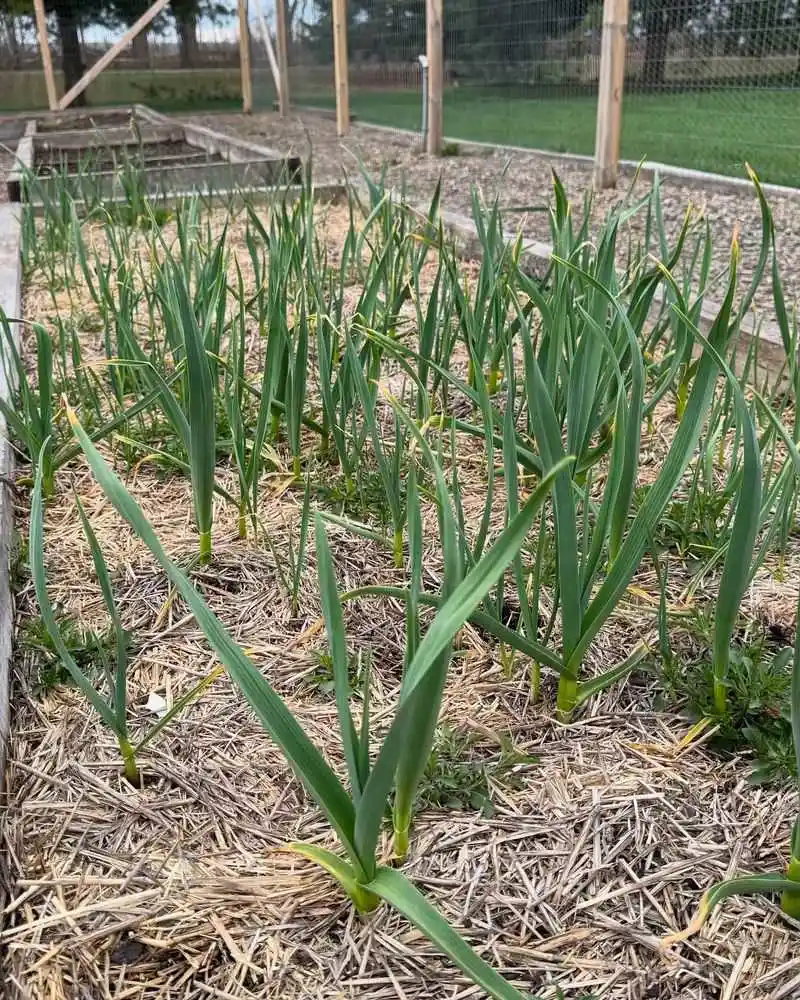
Garlic doesn’t just ward off vampires; its pungent aroma deters a variety of insects and wildlife. Planting garlic around the perimeter of your garden can keep pests at bay. The sulfur compounds, responsible for garlic’s distinct smell, are what repel these unwanted visitors. Aside from protection, garlic is a culinary staple with numerous health benefits. Ensure good drainage and sunlight for optimal growth. Fun fact: In some cultures, garlic is considered a good luck charm, believed to bring prosperity and ward off evil spirits.
Lemongrass
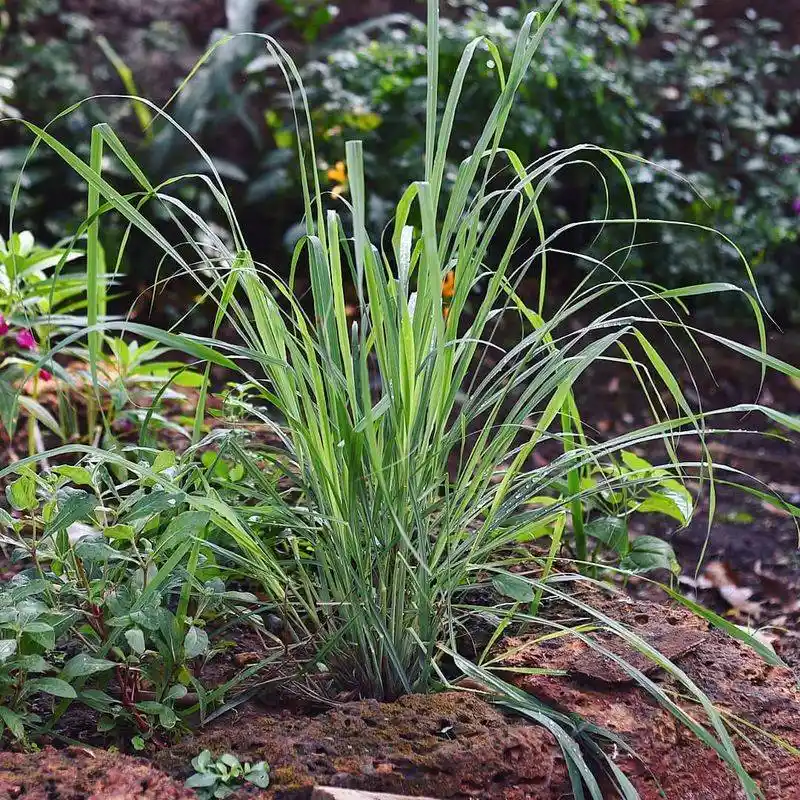
The citrusy aroma of lemongrass is not only refreshing but also acts as a deterrent to mosquitoes and other bugs. This tropical grass is perfect for borders or container gardens. Its scent masks other smells that attract insects. Lemongrass thrives in warm, sunny spots and can be harvested for culinary use. Historically, it’s been valued for its medicinal properties and as a flavor enhancer in Asian cuisine. Regularly trim to promote new growth and maintain its strong aroma. Additionally, lemongrass oil is often used in natural insect repellents.
Basil
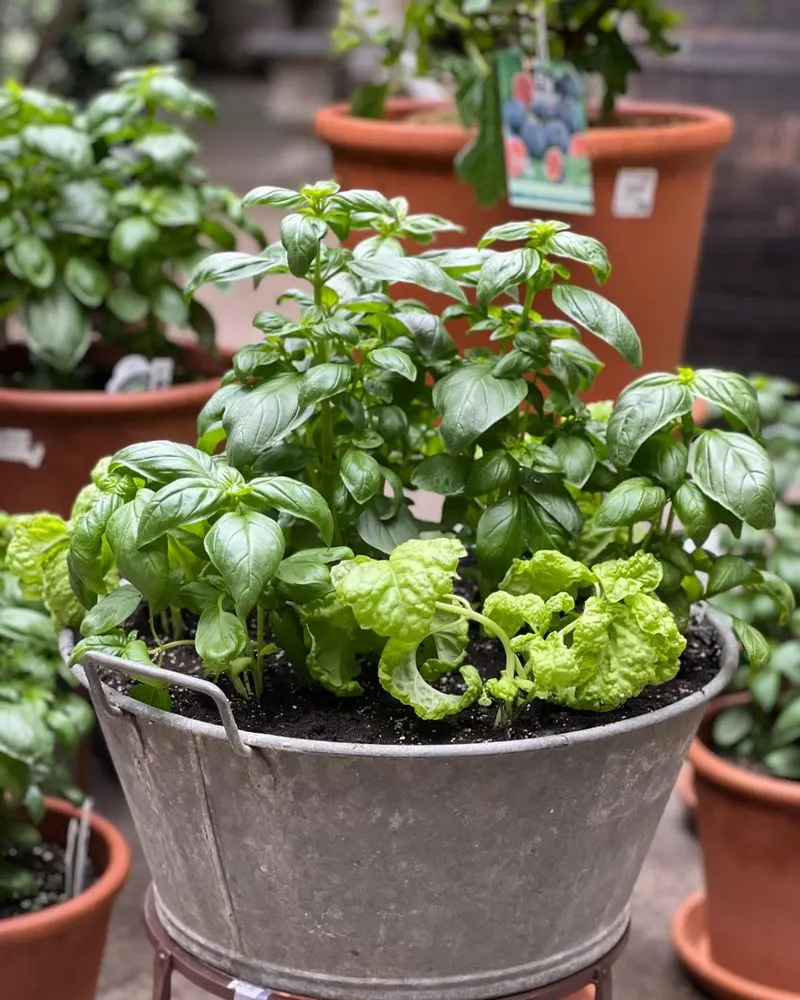
The sweet yet spicy aroma of basil is a natural enemy to flies and mosquitoes. Plant it near doorways or windows to keep these pests from entering your home. Basil thrives in warm conditions with ample sunlight and can also be a flavorful addition to your meals. Known as the “king of herbs,” basil has been a culinary and medicinal favorite for centuries. Its essential oils contain compounds that confuse insects, making it a formidable garden ally. Regular harvesting encourages fresh growth and a continuous supply of aromatic leaves.
Marigold
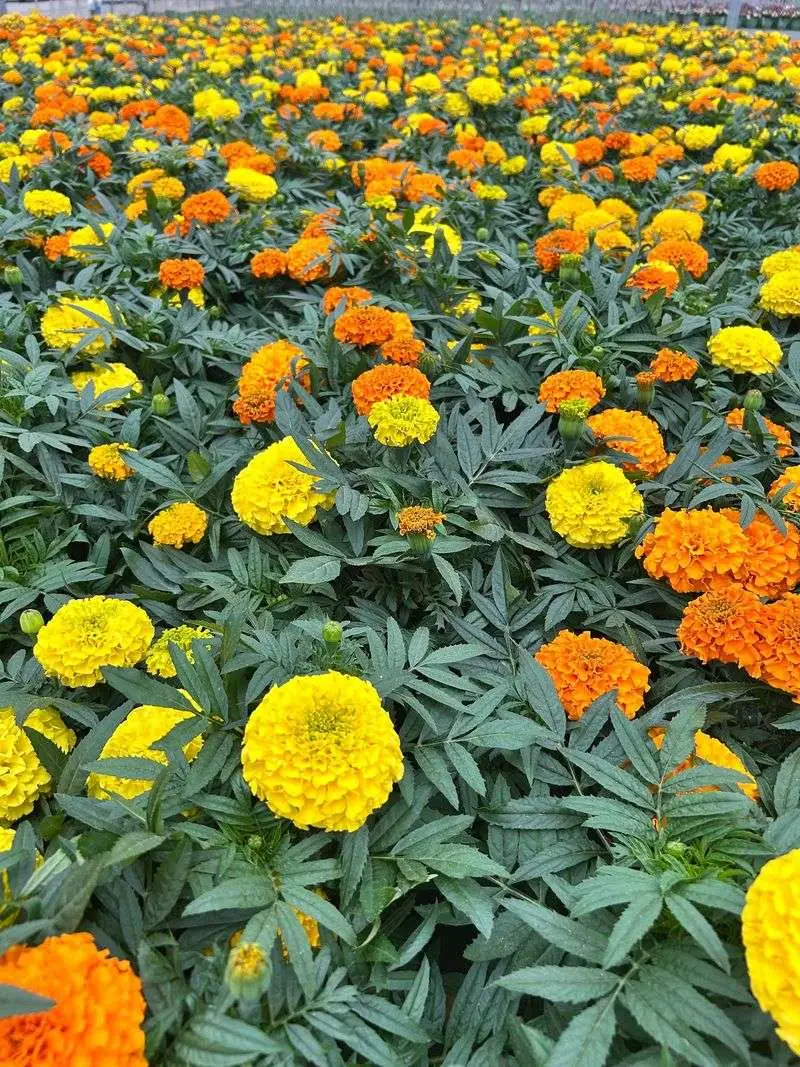
Marigolds are more than just pretty flowers; their pungent scent is known to repel nematodes and other garden pests. Planting them around vegetable beds can protect your crops from harmful insects. Their bright blooms add a splash of color, enhancing the visual appeal of your garden. Marigolds are easy to grow and care for, thriving in sunny locations. Historically, they have been used in companion planting for their protective qualities. Regular deadheading will promote more blooms and a longer flowering season. Their vibrant petals are also edible and can be used in salads.
Chives
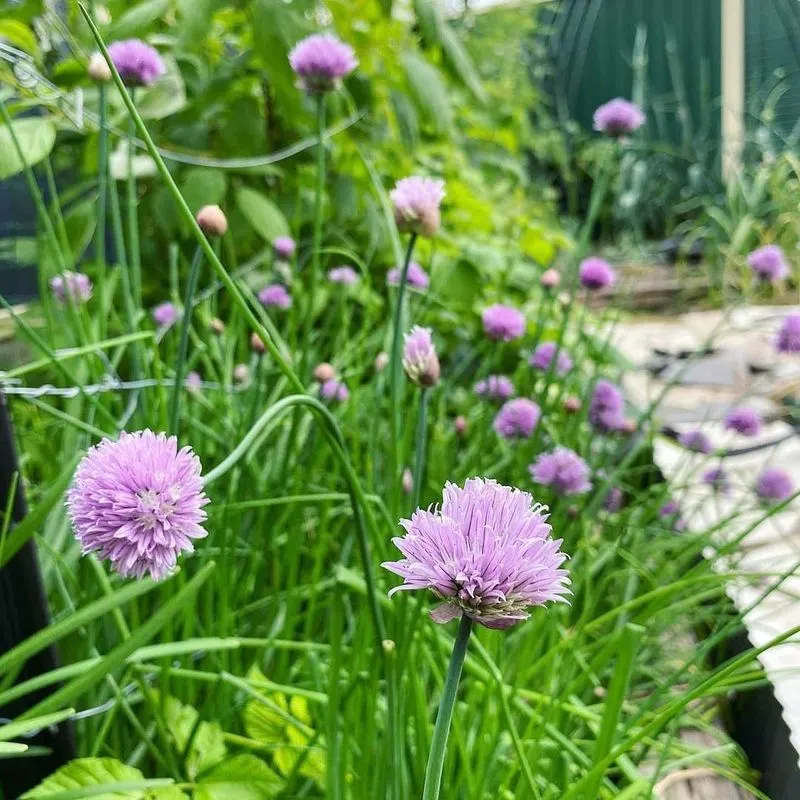
Chives, with their mild onion scent, are unappealing to aphids and Japanese beetles. Planting them among roses or other susceptible plants can offer protection from these pests. Their delicate purple flowers add charm to any garden setting. Chives prefer sunny spots and well-drained soil, and they can also be snipped for culinary dishes. The plant’s sulfur compounds are what make it effective against pests. In folklore, chives were believed to drive away evil and bring good fortune. Regular harvesting helps maintain their vibrant growth and pungent aroma.
Sage

Sage, with its earthy fragrance, is a natural deterrent for cabbage moths and carrot flies. Growing sage near vulnerable plants can protect them from these destructive insects. This hardy herb thrives in sunny, well-drained areas and is also a staple in culinary arts. It’s been historically used in ceremonies and as a remedy for various ailments. Sage’s essential oils have properties that repel certain insects, making it an invaluable addition to any garden. Pruning encourages bushier growth and a steady supply of aromatic leaves.
Thyme
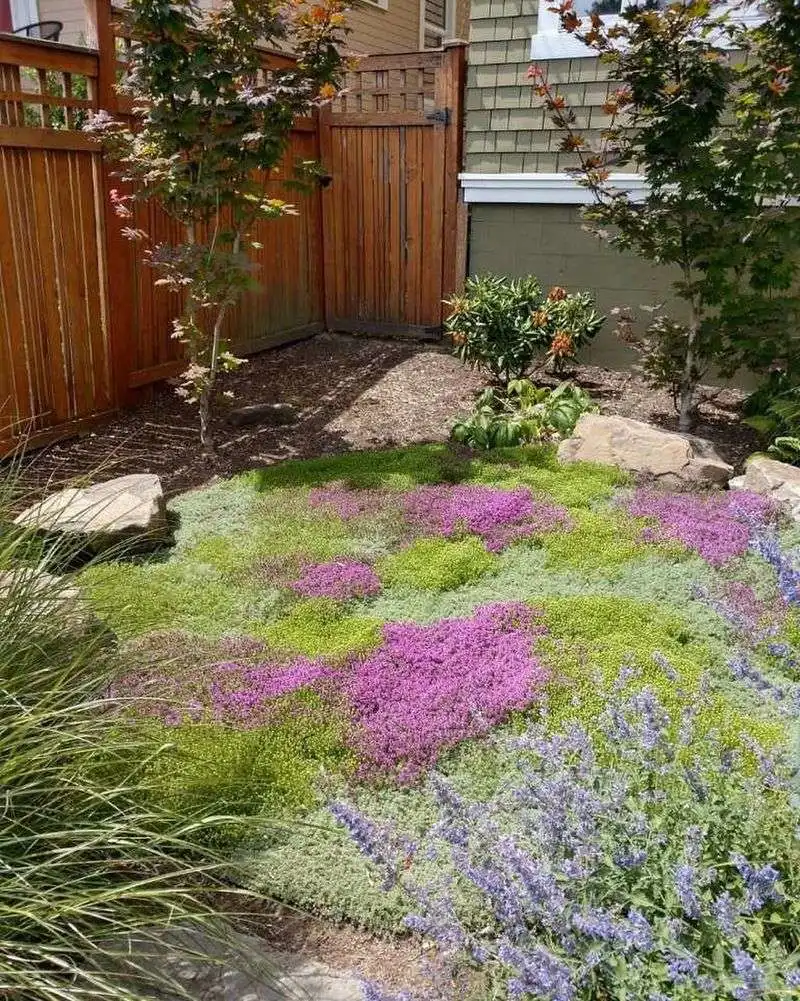
Thyme’s subtle scent is off-putting to cabbage worms and whiteflies, making it a protective companion for many plants. This hardy herb can thrive in rocky, dry soil and requires little maintenance. Thyme is not only a pest deterrent but also a favorite in kitchens worldwide for its flavor. Ancient Egyptians used thyme in their embalming process, highlighting its long-standing value. Plant thyme near cabbage or tomatoes to shield them from common pests. Regular trimming will encourage a denser growth, ensuring its scent remains potent and protective.
Catnip

Catnip is renowned for driving cats wild, but its minty scent repels mosquitoes and cockroaches. Planting it strategically can keep these insects at bay. This hardy plant thrives in full sun and can withstand poor soil conditions. Beyond its insect-repelling qualities, catnip can be used in teas for its calming effects on humans. Interestingly, catnip is more potent in repelling mosquitoes than some commercial sprays. Regular pruning will promote bushy growth and a continuous supply of leaves. Its historical use in traditional medicine showcases its versatility.
Eucalyptus
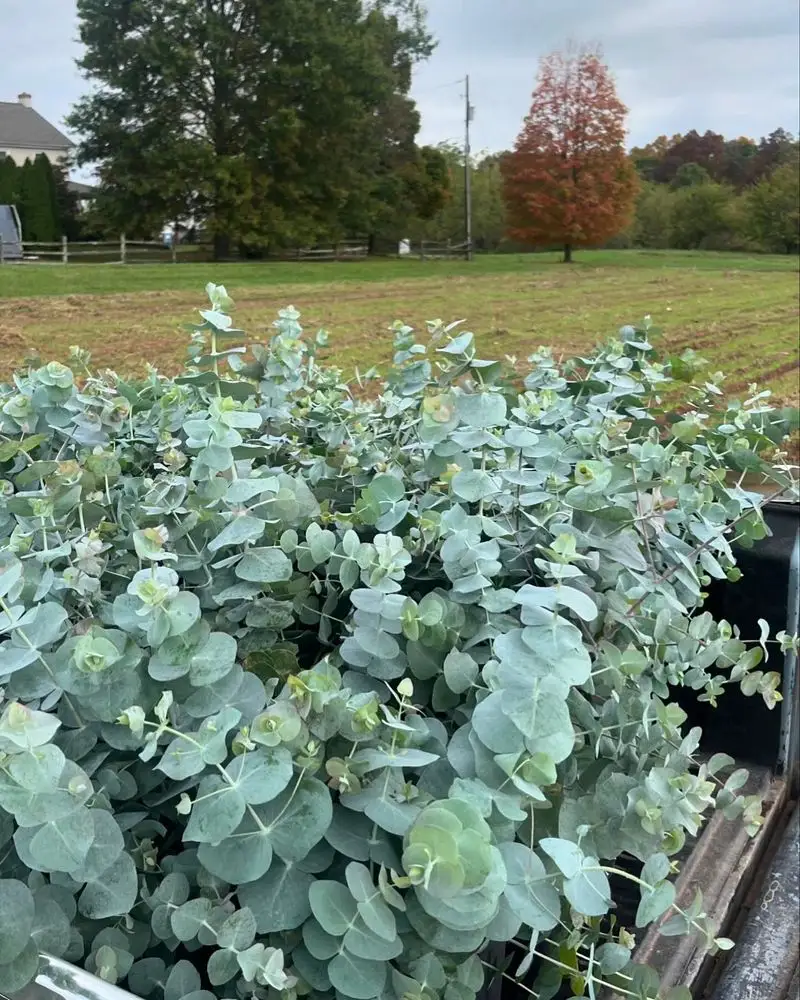
Eucalyptus, with its fresh, menthol scent, is a strong deterrent for mosquitoes and other insects. Planting eucalyptus in pots or as a small tree can help protect your garden area. Its aromatic leaves are used in essential oils and have numerous medicinal applications. Eucalyptus prefers sunny environments and can grow rapidly, providing shade and a pleasant aroma. Historically, it’s been used by indigenous peoples for healing and as a natural insect repellent. Regular pruning is necessary to maintain its shape and encourage new growth.
Fennel
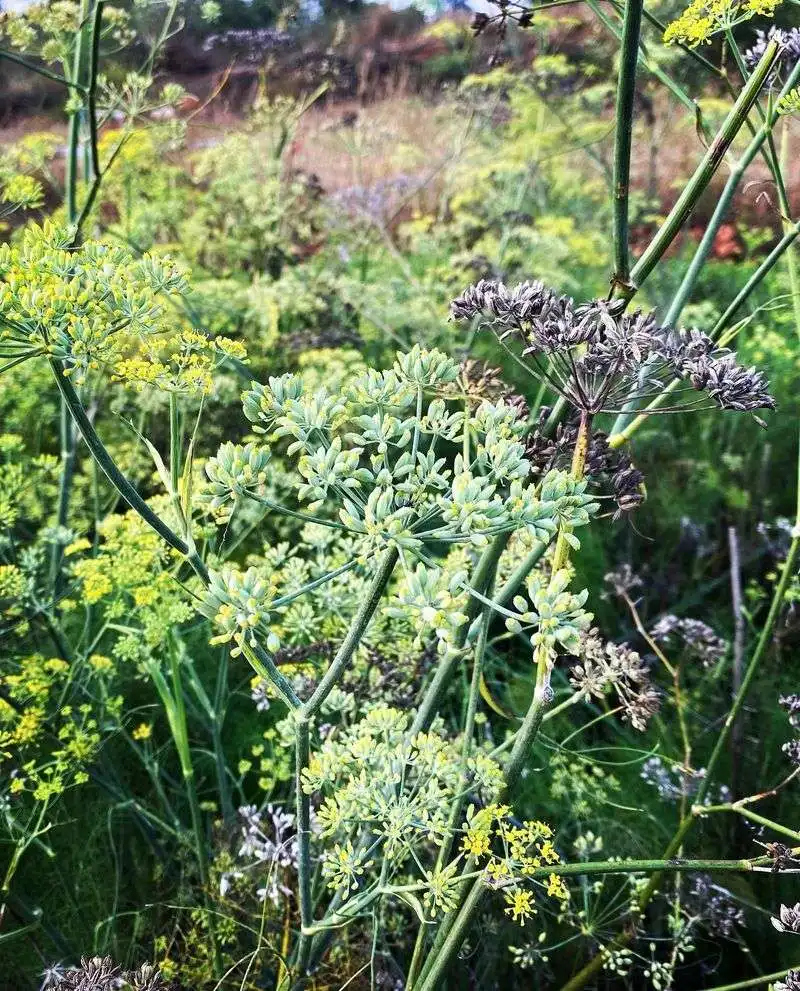
Fennel’s anise-like aroma is effective in repelling slugs and snails. This tall, feathery plant can be a striking addition to any garden. While it’s protective, fennel can inhibit the growth of some plants, so consider its placement carefully. Known for its culinary uses, fennel also offers medicinal benefits. The ancient Greeks and Romans held fennel in high regard, believing it to have health-promoting properties. Ensure it receives full sunlight and well-drained soil for optimal growth. Regularly harvesting fennel will keep it vibrant and aromatic.
Mint

Mint, with its invigorating scent, is a natural deterrent for ants and flies. Growing mint in containers can prevent it from overtaking your garden. Its refreshing aroma is a favorite in culinary dishes and teas. Mint’s essential oils are what drive pests away, making it a valuable addition to any garden. Historically, mint has been used in various cultures for its medicinal properties. Ensure it receives adequate water to maintain its lushness. Regularly trimming mint will encourage fuller growth and a continuous supply of aromatic leaves.
Dill
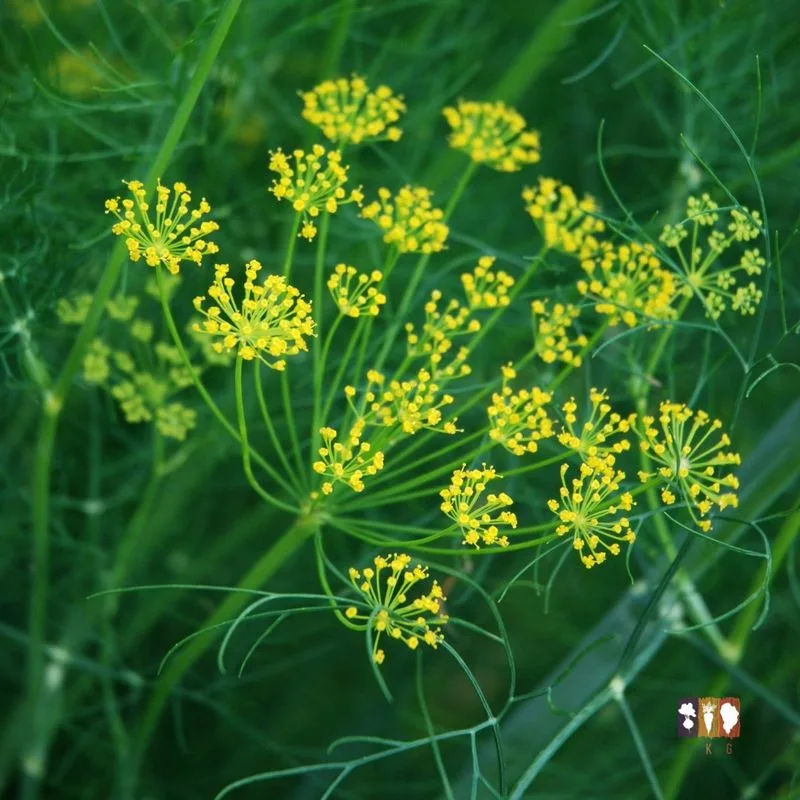
Dill’s distinct aroma is not favored by aphids and spider mites. Planting it among your vegetables can help protect them from these pests. The feathery leaves add a unique texture to garden aesthetics. Dill thrives in full sun and well-drained soil, and it’s also a culinary favorite. Historically, dill was used by ancient civilizations for its supposed magical properties. Regular harvesting will keep the plant healthy and productive. Interestingly, the name “dill” comes from the Old Norse word “dilla,” meaning to lull, due to its calming effects.
Bay Laurel
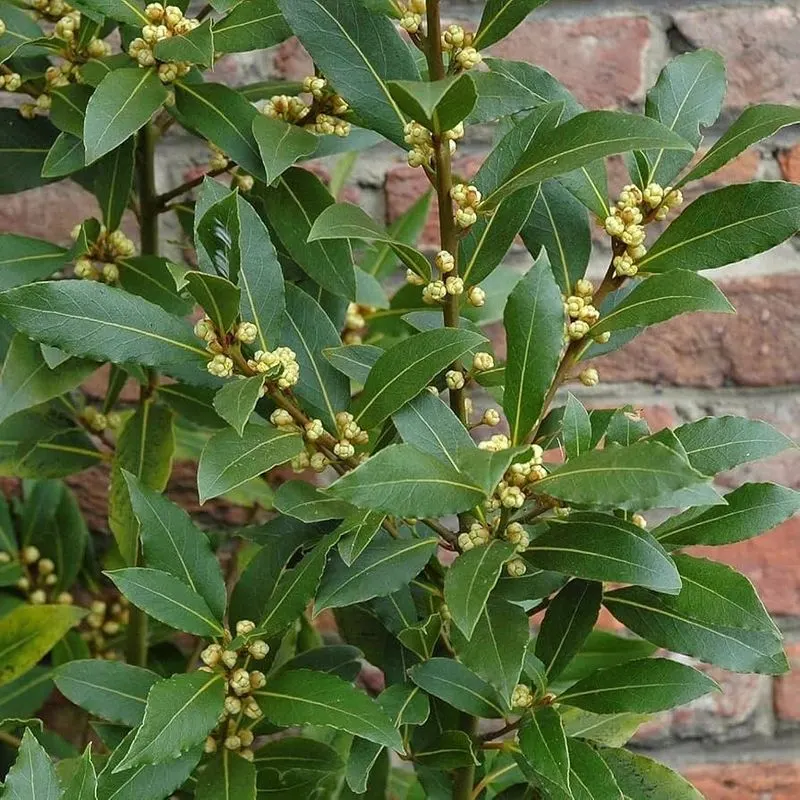
Bay laurel, with its spicy aroma, deters flies and moths. Planting it near entrances can help keep these pests from entering your garden. The glossy leaves of bay laurel are used in culinary dishes and for decorative purposes. This evergreen shrub prefers sunny, sheltered spots and well-drained soil. Historically, bay leaves were used to crown victorious athletes in ancient Greece. Regular pruning will maintain its shape and encourage new growth. Its presence in the garden adds an air of elegance and timelessness.
Cilantro
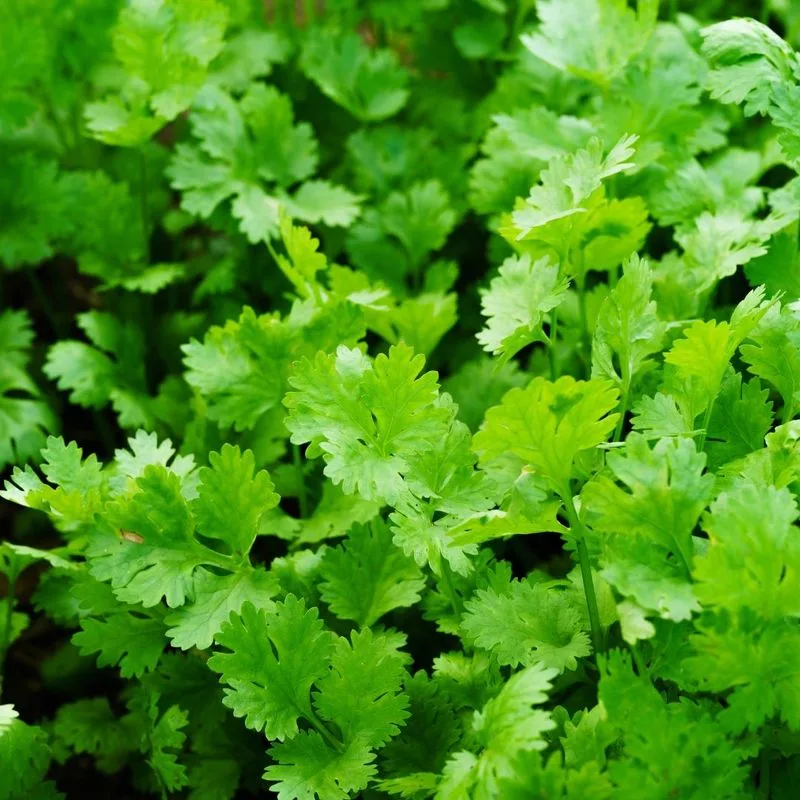
Cilantro’s strong, citrusy scent is disliked by spider mites and potato beetles. Planting it near susceptible plants can protect them from these pests. Cilantro requires well-drained soil and moderate sunlight. It is also a staple in many culinary dishes, adding a fresh, tangy flavor. Historically, cilantro has been used in traditional medicine and cooking across various cultures. Regular harvesting will prolong the plant’s life and ensure a continuous supply of leaves. Its unique aroma makes it a standout in both the kitchen and garden.
Oregano
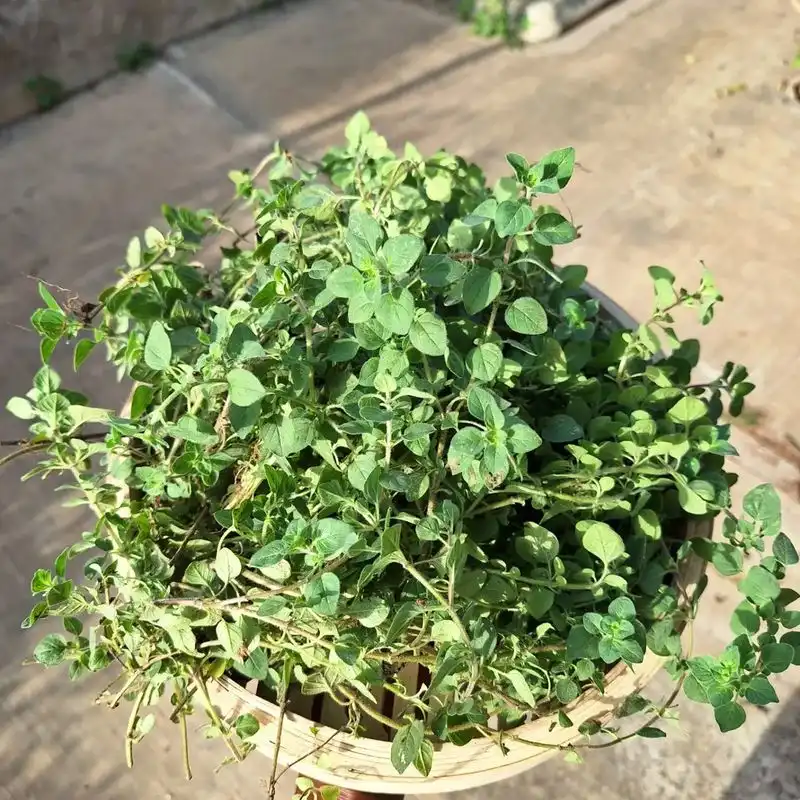
Oregano’s pungent aroma is a natural deterrent for many insects, including mosquitoes. This hardy herb thrives in well-drained soil and full sun, making it a practical choice for gardens. Oregano is also a culinary favorite, adding a robust flavor to dishes. Its essential oils are what make it effective against pests. Historically, oregano was used by the Greeks and Romans for medicinal purposes. Regular pruning encourages bushier growth and a continuous supply of leaves. Its presence in the garden adds an aromatic touch that is both protective and flavorful.
Tansy
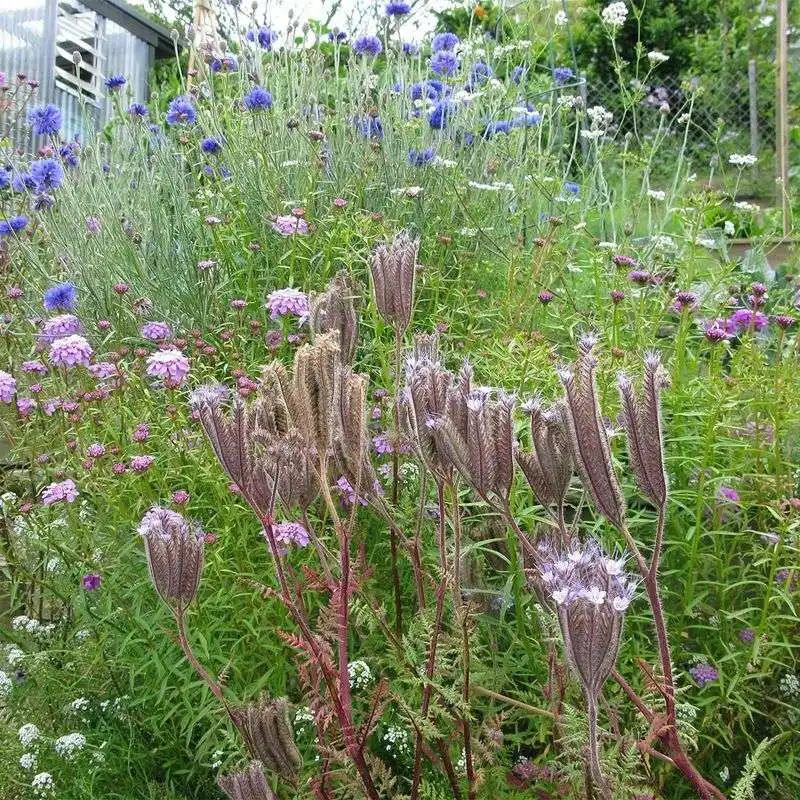
Tansy’s camphor-like aroma deters flies, ants, and beetles. Planting it near susceptible plants can help shield them from these pests. The bright yellow flowers add a pop of color to any garden. Tansy thrives in poor soil and full sun, requiring little maintenance. Historically, it was used in traditional medicine and as a dye. However, caution is advised as tansy can be toxic if ingested in large quantities. Regular pruning will prevent it from becoming invasive and promote more blooms. Its unique scent makes it a valuable addition to any garden.

